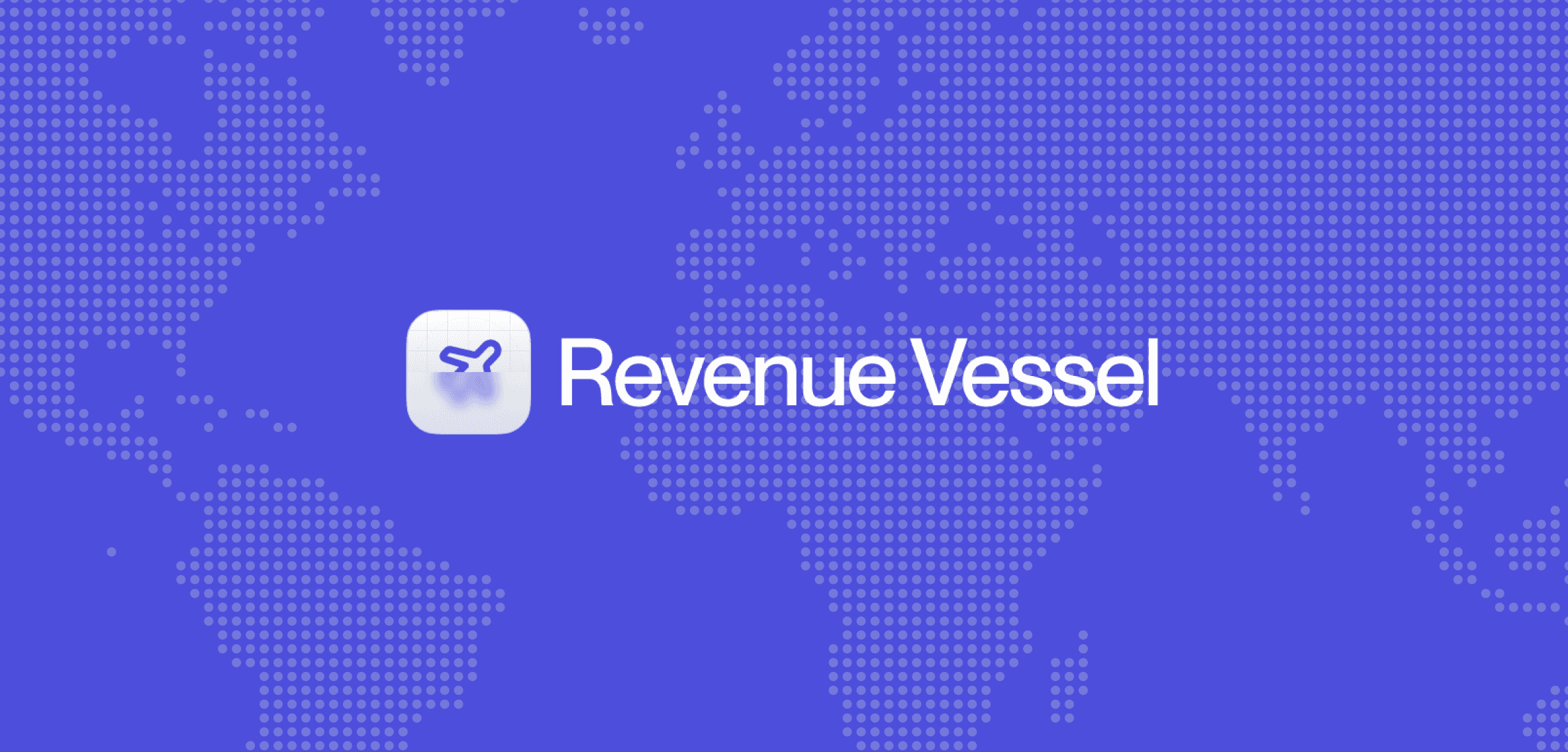In 2021, Flexport made a strategic pivot from Trans-Pacific ocean freight to prioritize air freight amid a supply chain crunch. This shift wasn’t easy; it required a rethinking of sales strategy, training, and incentive structures to target high-value air freight clients effectively. Learn how Flexport tackled key challenges—identifying actionable accounts, incentivizing reps, and adapting talk tracks—and the lessons that could transform your sales team’s focus during market shifts. This blog dives into the journey, the strategies that made it work, and how to build on these same principles to empower logistics companies in today’s dynamic market.
Author:
Published on:
In 2021, Flexport made air freight its key strategic priority, pivoting outside of trans-pacific eastbound ocean freight. This was out of necessity. During the height of COVID, every forwarder had way more ocean demand than they had space. We had to focus outbound sales efforts where we still had space - air.
From 2014 until 2021, Flexport had become the fastest growing freight forwarder of all time by focusing on TPEB ocean freight. Over time, each sales rep was an expert in ocean freight. Growth across other modes and products stemmed from winning ocean freight - reps gained customs and air business as add-ons, not because they were experts in those products.
Flexport had made multiple unsuccessful pushes into air, including establishing an air charter from HKG to LAX in 2018. But changing habits on a successful motion was challenging. Despite adjusting the quota plan to reward air volume, the air pipeline remained stagnant. They continually brought in new leaders who emptied their rolodex into their CRM, but still no measurable increase on pipeline. Leaders had sales reach out to multi-national companies in industries with high-value commodities, but this was not directionally actionable for reps.
Over my time lead Demand Generation at Flexport, we saw measurable improvements in our air pipeline and learned that smart top-down strategy was composed of three elements:
Air-Specific Lists - Flexport armed reps with lists dedicated to air volume on top of their existing lists (done by yours truly)
Incentivized Results from Lists - Flexport ran a SPIFF aimed at getting reps to reach out to accounts they were less comfortable with
Enablement Around Air - Flexport had to train the team to become experts in air freight when they were generally comfortable talking about ocean
While all reps understood the Flexport’s strategic demands for more air freight, they were not sure how to translate strategy into action. Leadership gave vague guidance around finding accounts - specifically on multi-national companies in high value industries. The advice left too little structure for the rep themselves. Even if reps did pull up these lists, these accounts were not guaranteed to ship air or do air freight within the lanes that Flexport specialized in. Ultimately, reps lost confidence in the high level strategy and opted for their existing targets.
Eventually, we found direct sources of air data instead of relying on proxies for air data (such as based on industry). Ultimately, when each rep was able to confirm air data for their account lists, they trusted they could still hit quota while also supporting the company strategy. Until Flexport centralized the list building, the results were variable. Each rep pulled their lists of accounts inconsistently, which added variability to the process.
In calling new air accounts, Flexport reps quickly learned that the tried-and-true ocean pitch did not fit air shippers. The visibility pitch that had worked well for month-long ocean freight journeys did not resonate with semiconductor companies focused on daily uplift out of Taipei. Reps learned the hard way in going through their list that their talk track needed to be modified.
We got strong initial results by combining a new talk track with a short-term incentive program. Originally, whenever Flexport’s internal subject-matter experts attended sales meetings to train reps, most of the team was not able to translate their knowledge into meaningful conversations. Some tuned the training out. Instead, a tenured sales rep pre-wrote all email sequences and talk tracks on the phone for cold calls. To ensure they used the talk track, Flexport ran a competition for a month and awarded the new Airpod Max headphones to the rep who produced the most new air pipeline. Immediately, pipeline rose as reps quickly realized there was a short-term path to new pipeline.
Getting an entire organization of reps to prioritize a single product is always challenging, but possible. Selling becomes even more challenging when market conditions force the organization to pivot rapidly. Flexport found that the same set of list principles were even more important in navigating new strategic focuses.
Revenue Vessel was created based on these principles that I had learned after leading Growth and Demand Generation at Flexport. We are backed by both of Flexport's former CROs. If you are interested in learning more, feel free to reach out


















